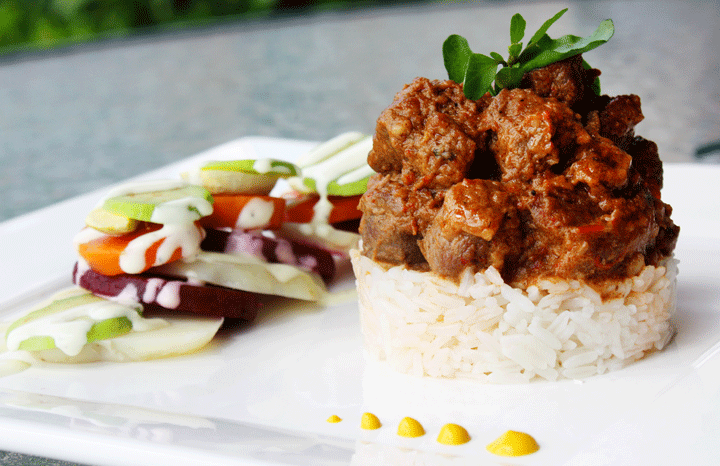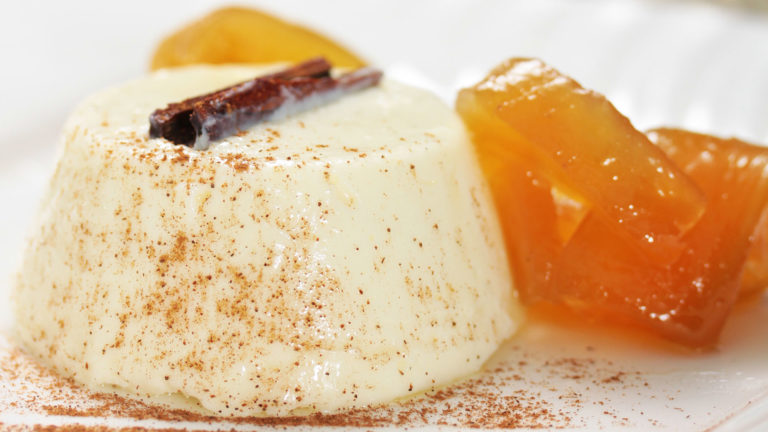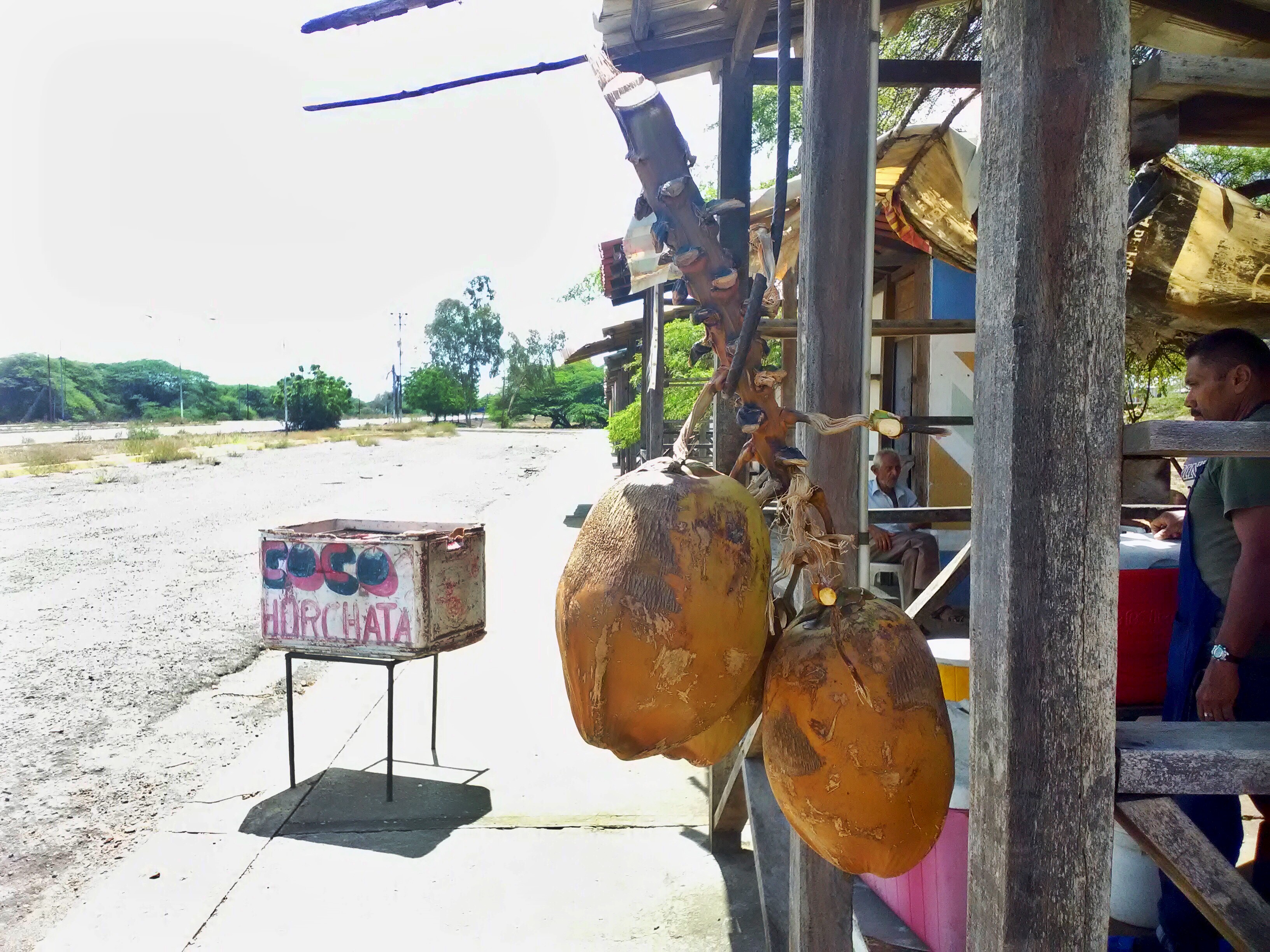The Slow Death of Zulian Cuisine
The shortage of ingredients, hyperinflation and forced migration has put this unique Venezuelan cuisine in danger.


Photo: Mamá contemporánea retrieved
Sitting on her porch, in San Francisco del Zulia, and going through the second bout of daily power rationing, María recounts the meals of her routine: “Rice with lentils, arepa with margarine or cheese, yucca, pasta with a few veggies, or campesino bread. If we’re lucky, we buy a bit of ground beef.” She isn’t the only one eating this way; 76.8% of homes in Maracaibo reported a similar diet, according to a 2018 poll by the Comisión para los Derechos Humanos del Estado Zulia (CODHEZ).
Of the bollos pelones (flour buns stuffed with meat), ripe banana cake, macarronada (baked macaroni and veggies), goat in coconut, candied icaco, or limonsón (the local pomelo fruit), famous Zulian dishes—many with a huge American influence—only quaint recollections are left, with the shortage of ingredients, hyperinflation, forced migration and neglect and loss of crops. When they do get made, only few can afford them.

Goat in coconut sauce, typical recipe from the western region of Venezuela.
In one of Maracaibo’s well known restaurants of typical Zulian cuisine, a serving of mojito in coconut, bollitos pelones or a stuffed bocachico go for the equivalent to four minimum wages. Marlene Nava, a member of the Zulia Academy of History, regrets that “traditional dishes used to be popular, now they’re only for the wealthy.”
Like all local cuisines, Zulian gastronomy is based on local produce and, today, families struggle to buy a single plantain.
The Disappearance of Sweets
Unique desserts of the area, like candied limonsón or icaco, is now a luxury for the locals. In fact, you can’t even buy the chimberas (molds to make huevos chimbos).
Like all local cuisines, Zulian gastronomy is based on local produce and, today, families struggle to buy a single plantain.
In the Eastern coast of Lake of Maracaibo, San Francisco, La Cañada de Urdaneta and Los Dulces, you’ll only find besitos de coco, egg cookies, polvorosas, milk balls and cashews. All other sweets have disappeared and the people who made, sold or distributed them, had to switch to other activities or has left the country.
Felipe Hernández, a resident for over 30 years of Punta Iguana, suffers from cardiac arrhythmias, but he stills keeps his kiosk open in an area known for its sweets. His is the only one left: “The collapse began in 2013. By 2017, things were still moving, but right now I only sell coconut water and besitos. Tourists and famous artists have disappeared, our family income has decreased by over 50%. We haven’t sold traditional sweets in nine months and we had to stop selling besitos de coco for a while this year because we had no gas. The freezer where I stored the coconuts broke down with the power spikes.”

The white delicacy and many other delights of the region must be kept as a cultural legacy.
Jorge Castillo, who has lived in the area for 50 years, says that people used to come by and ask for traditional sweets, and then left because of the prices. “Distributors dropped them because the ingredients were too expensive. Little by little, people abandoned their spots, and then the cash crisis began.”
Things in the Los Dulces sector, near La Chinita Airport, are similar. More than 30 vendors are gone and the business for candied peaches, papaya, pineapple and leche cortada has gone up in smoke. “At one point, we couldn’t make them anymore because we had no glass jars. We had to get plastic trays, but everything got too expensive,” an anonymous vendor says. They sell groceries now, like rice, flour, pasta and even diapers, toilet paper or laundry soap. They help the National Guard carry the goods they steal, confiscate or seize at checkpoints on the road.
There are several reasons for the extinction of Zulian sweets. Besides the shortage of cash and low sales, those who used to farm icaco, guava, and limonsón have left the fields or switched to easier crops, like yucca. Some lost their harvest, without running water.
Sulin Leal, whose family has been living off sweets for more than 50 years, says, with tears in her eyes, that their lifestyle has changed: “Today we barely have ten clients a day.”
A Broken Heritage
For Zulianos, their cuisine is an outstanding part of their identity because of how different it is from the rest of the nation’s. This was a geographically isolated region until the 20th century and the arrival of foreign influences: African and European cultures and, more importantly, the American culture, with the arrival of American oil companies and their personnel, who settled on the area during the Venezuelan oil boom.
This was a geographically isolated region until the 20th century and the arrival of foreign influences: African and European cultures and, more importantly, the American culture.
Néstor Amesty, a cook specialized in Zulian cuisine, says that the gastronomic culture permeates every aspect of their lives: “Our food is generous on the plates and in Venezuela, it probably has the most varied recipes. We have different types of cooking depending on the area; there’s native cuisine; the one from the Lake’s Western coast, where food with coconut comes from; the one from the South, where the beef and cheese is from; and the one from the Eastern coast, where our love for fried food comes from. It’s a blend of all the cultures we adopted and we transformed into our own.”

In the usual stalls there are no more homemade traditional sweets, and no more customers, either. Photo: Francisco Rincón, 2019.
Dietitian Marianella Herrera points out that Zulian cuisine comes from the wealth brought by oil: “In the beginning of the 20th century, you didn’t even hear about (Zulian cuisine). It developed with what was available in the region. Everything has lots of calories and proteins, which contributed, along with demographics, diet and epidemiologic changes, to the rise of obesity in Zulia.”
Still, many don’t know how to make traditional dishes, and they haven’t even seen their families cooking them. For a cuisine that lacks written tradition, knowledge must be passed verbally, from a generation to the next, and that’s not happening. “It leads to a loss of identity,” Amesty says, “because there isn’t a new generation to teach this to.” According to his experience and research, the tastes and preferences in younger folks has been upset, adding to the forced migration that many times happens during the teenage years or childhood.
Those keeping Zulian cuisine alive admit that they do it because of their attachment to tradition. Specialists recommend this cuisine to be documented, divulged, with published recipes all around, with workshops that even go beyond our borders. “Perhaps Zuliana cuisine will be preserved in the end,” says Marianella Herrera, “by Zulianos abroad.”
Caracas Chronicles is 100% reader-supported.
We’ve been able to hang on for 22 years in one of the craziest media landscapes in the world. We’ve seen different media outlets in Venezuela (and abroad) closing shop, something we’re looking to avoid at all costs. Your collaboration goes a long way in helping us weather the storm.
Donate




